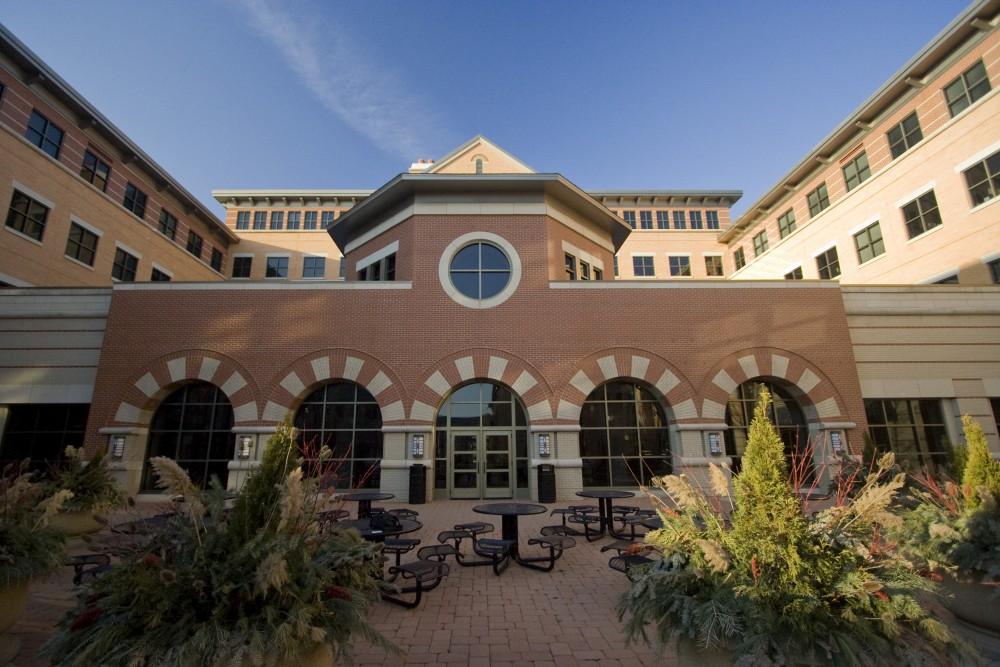Starlink: Upgrading rural areas to the modern world
Mar 15, 2021
Elon Musk is a man of many things. While his social media usage is a bit on the messy side, you have to commend the initiatives he has taken to modernize the world – bringing electric cars into the mainstream, revolutionizing the space industry and now bringing those without good internet connections a new solution.
By using his already-established SpaceX rockets, Starlink uses thousands of micro satellites scattered around in low orbit to bring high-speed internet anywhere on the planet. This is a huge step up from traditional satellite internet from say, Hugh’s Net, as those satellites traditionally sit much higher up in a geosynchronous orbit.
This lets them project down in a fixed spot on the Earth but the large distance to land drastically reduces internet bandwidth and latency. In contrast Starlink’s constellation of satellites move around the earth at a high speed, roughly making a complete orbit in 100 minutes.
It’s because of this high speed that Starlink relies on a much higher count of satellites that has ever been put in space before. All of this does come with the added benefit of allowing internet connections to rival that of traditional cable internet and blowing right past rural DSL or even dial-up connections.
The staggering amount of satellites being proposed for this network has given some concern however. For one, if an accident such as a collision were to occur like it almost did in 2019 with an ESA satellite, the debris of the impact could multiply exponentially in an effect called Kessler Syndrome. If you recall the movie Gravity, its potential destructibility is shown in great effect.
For another potential issue, astrologists have voiced concern of satellite visibility.
With the roughly 1,000 Starlink satellites in orbit already, Starlink’s early prototypes caused issues for land-based space telescopes by blocking clear views of the skys. The satellites orbit much closer to earth than traditional satellites and the sheer number of them orbiting makes them a much more visible object. Starlink plans to rectify this by applying antireflective coatings on the satellites and adjusting its designs to be less visible to telescopes.
Potential problems aside, Starlink stands to bring internet service provider (ISP) competition to rural or otherwise underserved areas so long as they have a clear view of the sky. With the pandemic still affecting people and encouraging remote work, those with spotty internet connections stand to gain the most from this network.
The FCC has already promised to award SpaceX through the Rural Digital Opportunity Fund if it can deliver on its promise to serve 35 states.
For now, Starlink is operating in a beta state as it expands its satellite network. It’s available in the Northern US (including Michigan) for $99 a month with a $500 hardware kit. It may sound like a lot, but for those truly living with no better option, it can be the difference between being able to work and learn remotely or not at all.
The USA could use some competition in the ISP space and if it takes the likes of Starlink or other satellites like Amazon’s Project Kuiper or OneWeb to increase access and bring everyone to modern internet speeds, so be it.

























